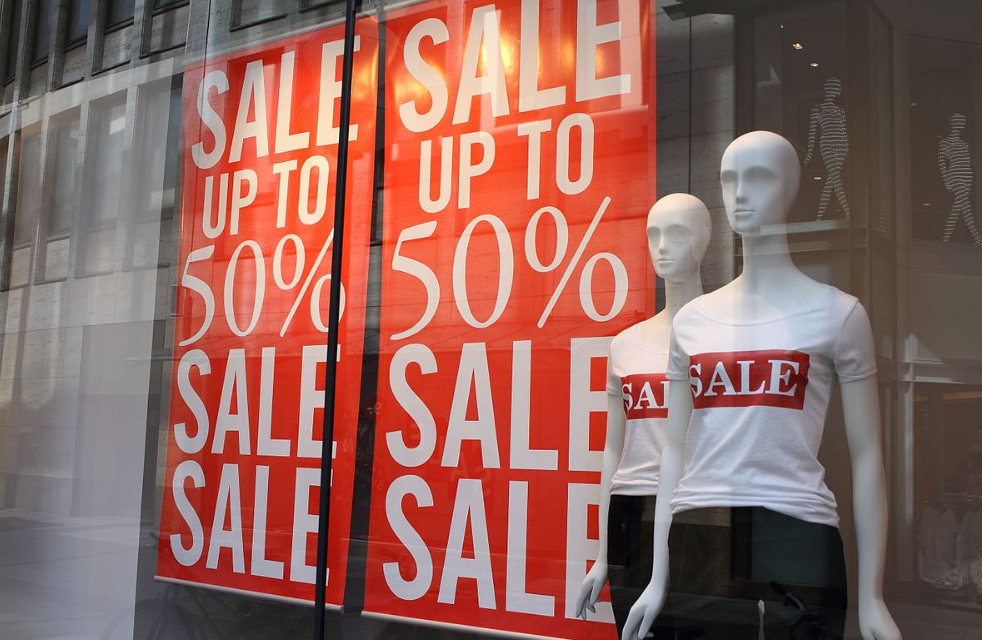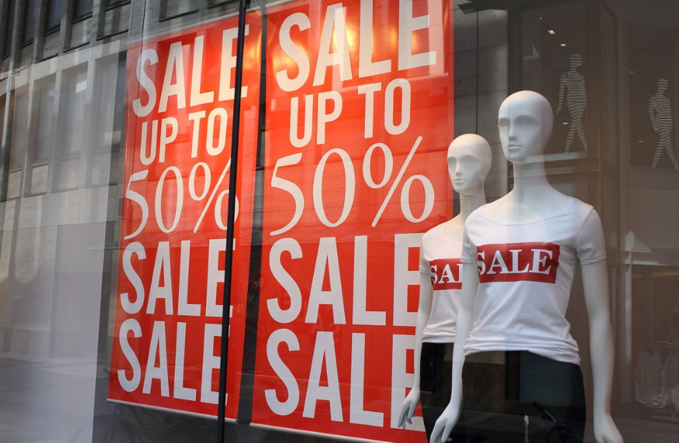Decision making: now!
Immediacy can push a buyer to make a decision. The buyer’s autopilot is set to perceive the present, what is happening here and now.
The consequences are not perceived by the senses - and do not affect decisions. Neuroeconomists have found that people paid 60% more for fast food if they saw food with their own eyes, rather than in a photograph. If the hamburger was lying behind the glass, and not on an open stand (so that it could be taken), the willingness to pay decreased. The shorter the distance to the object, the higher the subjective value and the less apparent barriers to possession.
Discounted future
The same applies to remoteness in time. Usually we prefer small but immediate results to large, but not fast, wins. To have $ 100 today is more attractive than 120 in the next year. In behavioral economics, this phenomenon is called a “discounted future”: in the imaginary future, we tend to take many things easier than at the present moment.
The sooner we enjoy the desired goal and the more distant the costs are from the present, the better. The effect of a discounted future explains why people spend more on credit cards: the need to part with money only later perceived by them much more easily.
Comparison with competitors
However, all of the above can also be used by your competitors, and you have to do something with this too. In cases like this, you can use comparison with competitors. It will help to deal with customer objections, show customers what you are better than competitors, as well as will help you learn about your weaknesses and be prepared for questions about them.
Sales managers often compare their solutions with competitors' products / services to show what their advantages are. Characteristics (weight, dimensions, productivity, energy consumption), prices (absolute cost, unit or period cost, cost of ownership), expected results (payback or, for example, cost of one unit of production) are compared and so on.
It is clear that if your competitors start playing this card, then you will certainly not look the best. Be prepared for this. That is why it is better to make such a document faster than competitors. And if they already use a comparison of their products with yours (and with the products of other competitors) at meetings with customers and you don’t look very good there, you should rather make your own alternative version.
Based on "Decoded. The Science behind Why We Buy" by Phil Barden
Immediacy can push a buyer to make a decision. The buyer’s autopilot is set to perceive the present, what is happening here and now.
The consequences are not perceived by the senses - and do not affect decisions. Neuroeconomists have found that people paid 60% more for fast food if they saw food with their own eyes, rather than in a photograph. If the hamburger was lying behind the glass, and not on an open stand (so that it could be taken), the willingness to pay decreased. The shorter the distance to the object, the higher the subjective value and the less apparent barriers to possession.
Discounted future
The same applies to remoteness in time. Usually we prefer small but immediate results to large, but not fast, wins. To have $ 100 today is more attractive than 120 in the next year. In behavioral economics, this phenomenon is called a “discounted future”: in the imaginary future, we tend to take many things easier than at the present moment.
The sooner we enjoy the desired goal and the more distant the costs are from the present, the better. The effect of a discounted future explains why people spend more on credit cards: the need to part with money only later perceived by them much more easily.
Comparison with competitors
However, all of the above can also be used by your competitors, and you have to do something with this too. In cases like this, you can use comparison with competitors. It will help to deal with customer objections, show customers what you are better than competitors, as well as will help you learn about your weaknesses and be prepared for questions about them.
Sales managers often compare their solutions with competitors' products / services to show what their advantages are. Characteristics (weight, dimensions, productivity, energy consumption), prices (absolute cost, unit or period cost, cost of ownership), expected results (payback or, for example, cost of one unit of production) are compared and so on.
It is clear that if your competitors start playing this card, then you will certainly not look the best. Be prepared for this. That is why it is better to make such a document faster than competitors. And if they already use a comparison of their products with yours (and with the products of other competitors) at meetings with customers and you don’t look very good there, you should rather make your own alternative version.
Based on "Decoded. The Science behind Why We Buy" by Phil Barden



















